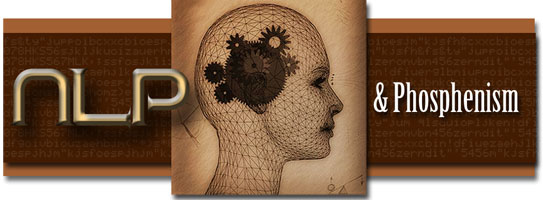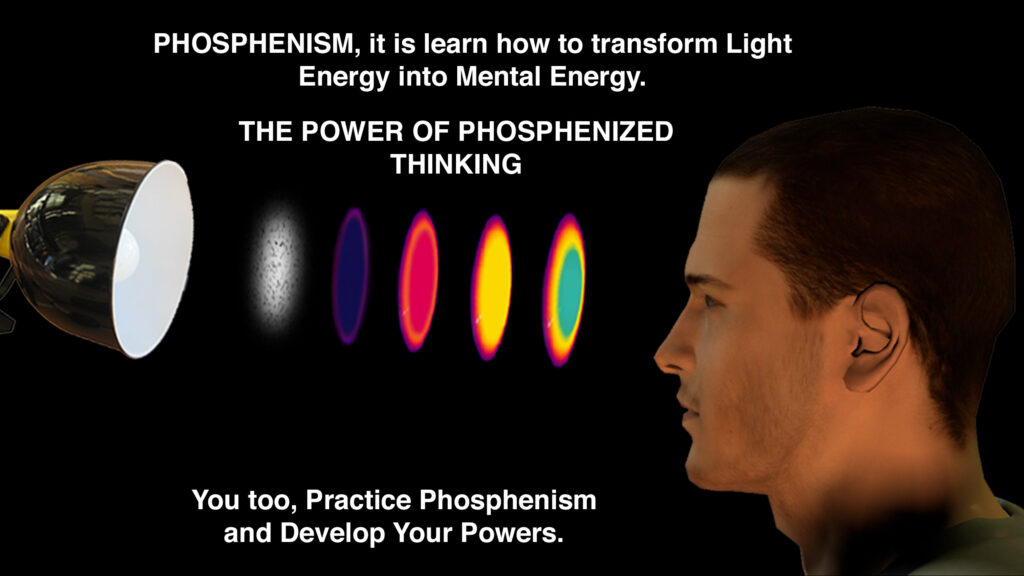NATURAL LANGUAGE PROGRAMMING (NLP)

NLP
Neurolinguistic programming was created in America in the 70s by John Grinder, a professor of linguistics, and Richard Bandler, a mathematics student. NLP presents a set of models that describe human activity and allow to operate deep and lasting changes. Its universality is striking: a sort of user’s manual of the brain, it can be applied at work, at school or at home. Very pragmatic, it can help high-level sportspersons to improve their results, parents to educate their children, companies to train their staff in communication, sales, excellency.
Humans base their actions on the representation they have of the world, rather than on its objective properties: ‟The map is not the territory”.
This famous quote by Alfred Korzybski describes the fact that everyone builds a subjective representation of the world and assume that it is reality. Indeed, our five senses can receive millions of informations at the same time when, consciously, we can only process 7 items of information at a time. To compensate, the brain filters sensory messages: it deletes some, distorts others or operates a generalization, all this being dependent on the language we speak, the memories we have, the beliefs and the values we have adopted.
This inner representation that we build at a given moment is responsible for physiological changes, and has an effect on our behavior. The models suggested by NLP can allow us to become aware of this, to modify our representations and the responses that they trigger. They also help us understanding other people’s representations.
The key concept of NLP is modelization. Thanks to which we can install a new behavior, the same way one installs a new software in a computer. Besides, NLP stems from the modelizations of exceptional therapists like Milton Erickson. Bandler and Grinder observed his practices, extracted its essential principles and constructed a permanent model allowing the accurate reproduction of observed behaviors.
In the domain of learning, all that needs to be done is to observe the strategies adopted by outstanding students and modelize them. Student who do not experience spelling problems, for example, have discovered incidentally that it was more efficient to store words as images rather than as sounds. For most of us, recalled images are located on the top left of our field of vision. If the word has been stored in the right place, it is easy to remember it when the time comes.
Dr Francis Lefebure, a French researcher, had already found very original solutions to learning difficulties, mainly to spelling problems. As soon as 1963, he published Phosphenic Mixing Applied to Education, a book that describes the action of light on mental processes. By focusing shortly on a source of light, a phosphene is obtained, i.e. a luminous sensation that persists for several minutes. Studying during the presence of the phosphene is more efficient. Indeed, the phosphene channels the attention on the subject of study and favors associations of ideas. Moreover, it stimulates all types of memories. Spelling is the visual translation of a sound. Writing confers a kinesthesic dimension to a word. The presence of the phosphene stimulates these three sensory channels.
EXERCISE: MEMORIZING THE SPELLING OF A WORD
Observe the spelling of a word that you want to memorize.
Do a phosphene by focusing on the phosphenic lamp for thirty seconds.
Close your eyes and/or put on an eye patch.
Project the word and the phosphene to the top left of your field of vision in order to store it in your visual memory.
Write the word several times during the presence of the phosphene.
Importante Note
We have done our best to provide you with the most accurate translation of our french website. Nevertheless, it is possible that some language errors may remain. So, don’t hesitate to contact us to communicate them to us.
Thank you for your indulgence and for your consideration of the many hours spent translating all our pages and, more particularly, all the testimonies we share with you so that you may become aware of the impact that Phosphenism can have on those who practice it.
Wishing you the best with your practice of Phosphenism.
Daniel Stiennon (Dr. LEFEBURE School Director, France)


